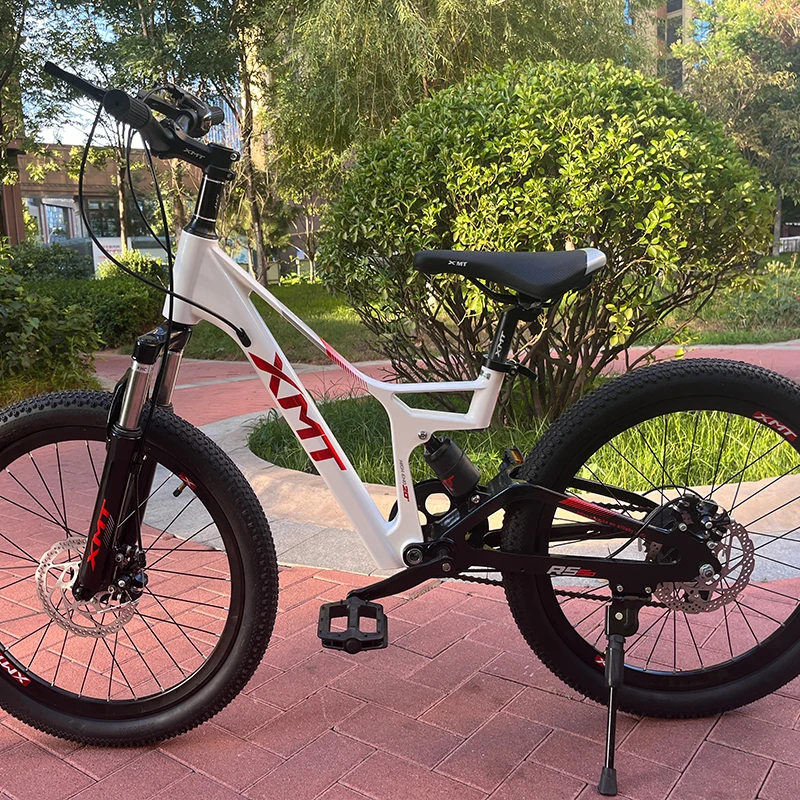
-
 Afrikaans
Afrikaans -
 Arabic
Arabic -
 Belarusian
Belarusian -
 Bengali
Bengali -
 Bulgarian
Bulgarian -
 Croatian
Croatian -
 Czech
Czech -
 Danish
Danish -
 Dutch
Dutch -
 English
English -
 Finnish
Finnish -
 French
French -
 German
German -
 Greek
Greek -
 hawaiian
hawaiian -
 Hebrew
Hebrew -
 Hindi
Hindi -
 Hungarian
Hungarian -
 Indonesian
Indonesian -
 irish
irish -
 Italian
Italian -
 Japanese
Japanese -
 Javanese
Javanese -
 kazakh
kazakh -
 Khmer
Khmer -
 Korean
Korean -
 Kyrgyz
Kyrgyz -
 Lao
Lao -
 Latin
Latin -
 Luxembourgish
Luxembourgish -
 Malay
Malay -
 Myanmar
Myanmar -
 Norwegian
Norwegian -
 Persian
Persian -
 Polish
Polish -
 Portuguese
Portuguese -
 Romanian
Romanian -
 Russian
Russian -
 Serbian
Serbian -
 Slovak
Slovak -
 Somali
Somali -
 Spanish
Spanish -
 Swedish
Swedish -
 Tagalog
Tagalog -
 Thai
Thai -
 Turkish
Turkish -
 Turkmen
Turkmen -
 Ukrainian
Ukrainian -
 Uighur
Uighur -
 Vietnamese
Vietnamese
wrz . 28, 2024 16:19 Back to list
Choosing the Perfect Bicycle for Your Riding Needs and Lifestyle
How to Pick the Right Bicycle
Choosing the right bicycle can be a daunting task, especially given the myriad of options available in the market today. Whether you're a seasoned cyclist or a beginner, selecting the right bike is crucial for ensuring comfort, efficiency, and enjoyment during your rides. Here are some key considerations to help you make the right decision.
1. Determine Your Purpose
Before you start shopping for a bicycle, it’s essential to define how you plan to use it. Are you looking for a bike for commuting, leisure riding, mountain biking, or perhaps racing? Each of these categories has specific bike types designed to excel in various conditions. For instance, a road bike is typically lightweight and suited for speed on paved surfaces, while a mountain bike is built for rugged terrains and steep trails.
2. Understand the Different Types of Bicycles
Once you have your purpose defined, explore the different types of bicycles available
- Road Bikes Ideal for racing and long-distance rides on paved roads. They feature thin tires and a light frame for speed. - Mountain Bikes Designed for off-road cycling with tough tires and durable frames. They have wider tires and enhanced suspension systems to absorb shocks on rough trails.
- Hybrid Bikes A combination of road and mountain bikes, suitable for various terrains
. They offer a comfortable ride and are great for casual cycling.- Cruiser Bikes Perfect for leisurely rides, these bikes have a relaxed seating position and a simple design.
- Electric Bikes Equipped with an electric motor that assists pedaling, making it easier to ride longer distances and tackle hilly terrain.
how to pick the right bicycle

3. Frame Size and Fit
Finding the right frame size is critical for comfort and efficiency. Riding a bike that fits you well will reduce the risk of injury and enhance your overall experience. Most manufacturers provide sizing charts based on your height and inseam measurements. Test ride several bikes to see which size feels best. Pay attention to the reach to the handlebars and the height of the seat when you’re in a riding position.
4. Test Ride
Never underestimate the importance of a test ride. Visiting a local bike shop allows you to physically assess various models. Test bikes in different styles within your intended category to compare comfort and performance. During the ride, check how the bike responds to turns, brakes, and feels over varying terrain. This real-world experience is invaluable in making a decision.
5. Consider Components and Accessories
When picking a bicycle, consider the components that will contribute to your riding experience. Look for quality gears, brakes, and tires. In addition, think about accessories you might need, such as a comfortable saddle, lights, a lock, and a helmet. Investing in good-quality accessories can enhance both safety and comfort.
6. Set a Budget
Bicycles come in a wide price range. Setting a budget before shopping can help you narrow down your options. Keep in mind that while it may be tempting to go for the cheapest model, investing in a higher-quality bike may save you money in the long run with fewer repairs and better performance.
Conclusion
Choosing the right bicycle involves considering your riding goals, understanding the different types available, ensuring proper fit, test riding models, and setting a budget. Taking the time to choose wisely can lead to countless enjoyable rides and a healthy, sustainable hobby. Remember, the best bike is one that suits your needs, fits you well, and allows you to explore the world on two wheels. Happy cycling!
-
Premium Titanium Road Bike: Lightweight & Durable
NewsAug.01,2025
-
Red Black BMX Bike with GPT-4-Turbo AI Tech
NewsJul.31,2025
-
New Red Anti-theft E-Bike | Easy Ride City Commuter
NewsJul.31,2025
-
BMX 20 Inch Bikes for Freestyle & Street | Fat Tire Options Available
NewsJul.30,2025
-
322 High Quality 26 Inch 21 Speed Adult Mountain Bike OEM MTB
NewsJul.29,2025
-
Specialized Kids Mountain Bikes - Safe, Durable & Fun Riding Experience
NewsJul.29,2025

